Sky Giants
Dirigibles, also known as airships, continue to capture the imagination of people to this day. Since the beginning of their history, they have drawn attention as marvelous and powerful machines capable of taking flight. Their impressive size, distinctive appearance, and ability to fly at high altitudes have always inspired awe.
Today, dirigibles can be seen in military movies or in old photographs. However, this controllable balloon appeared before the airplane. It was successfully used in world wars, and in the interwar period, it became a comfortable albeit expensive mode of air transport. Germany was a leader in dirigible construction.
The passenger dirigible LZ 127 "Graf Zeppelin," which flew from 1928 to 1937, was filled with hydrogen, had a cigar-shaped form, and measured 236 meters in length. The gondola suspended below accommodated 24 passengers traveling in two-person cabins. Onboard, there were bathrooms, a restaurant, a lounge, and a promenade deck. Capable of long-distance flights without landings, the air liner conducted regular transatlantic flights. In July 1931, the "Graf Zeppelin" embarked on a scientific expedition to the Arctic, during which polar regions were surveyed, among other research activities.
The route of the international expedition from Germany to the Arctic passed over Estonia on July 25, through Tallinn, Narva-Jõesuu, and Narva, causing a sensation. The Narva newspaper "Põhja Kodu" on July 28 reported that people were delighted to see the German airship gracefully soaring in the sunlight. In the next issue of the newspaper, an article titled "A Narva Resident on the Graf Zeppelin" appeared.
One of the participants in this flight was the aeronautical engineer Friedrich Assberg. His sister, who lived in Narva, gave an interview to the newspaper. She recounted the following about her brother: Friedrich was born in 1894, graduated from the Narva Gymnasium in 1914, and entered the Riga Polytechnic Institute, but a year later was mobilized to the front. In his childhood, he loved making model airplanes and flying kites. During World War I, Assberg served as an officer in the aeronautical units of the Russian army. After the war, he studied at the Moscow State Technical University named after Bauman and in 1930 became a certified aeronautical engineer. He worked at the Central Aerohydrodynamic Institute named after Zhukovsky and became a leading expert on dirigibles, one of the main creators of the dirigible program in the USSR. His personal belongings, documents, publications, and awards are preserved in the Narva Museum.
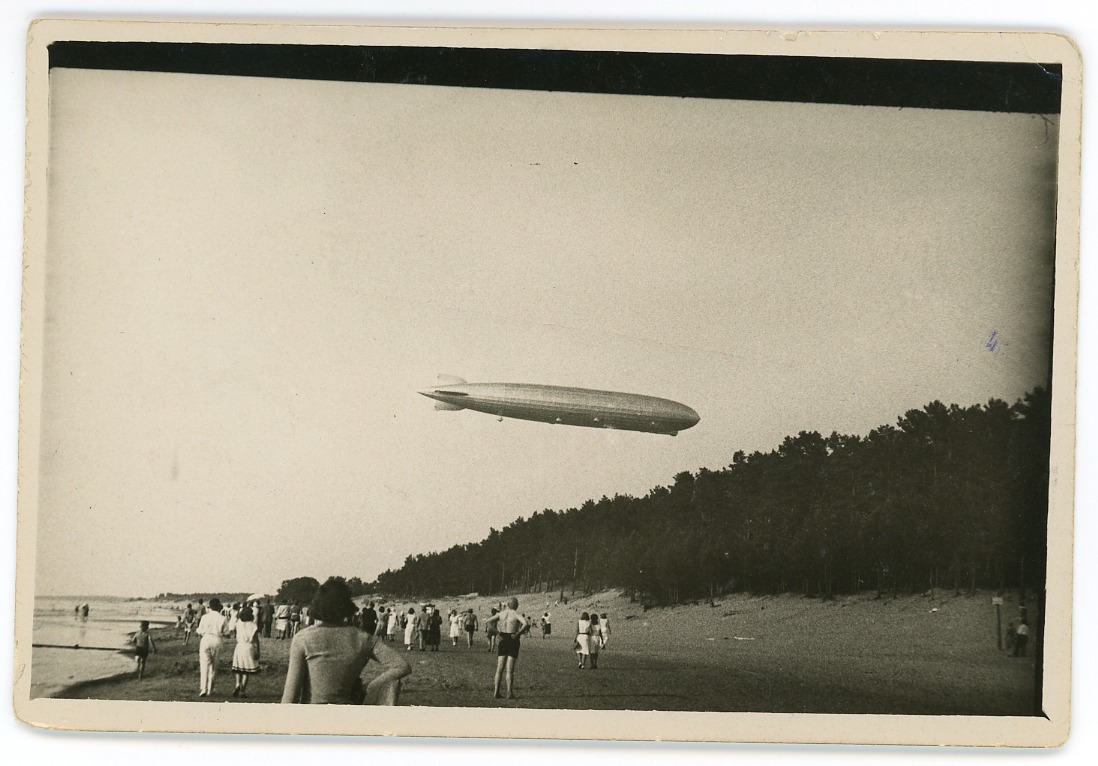
Dirigible over Narva-Jõesuu. July 25, 1931; Narva Museum SA
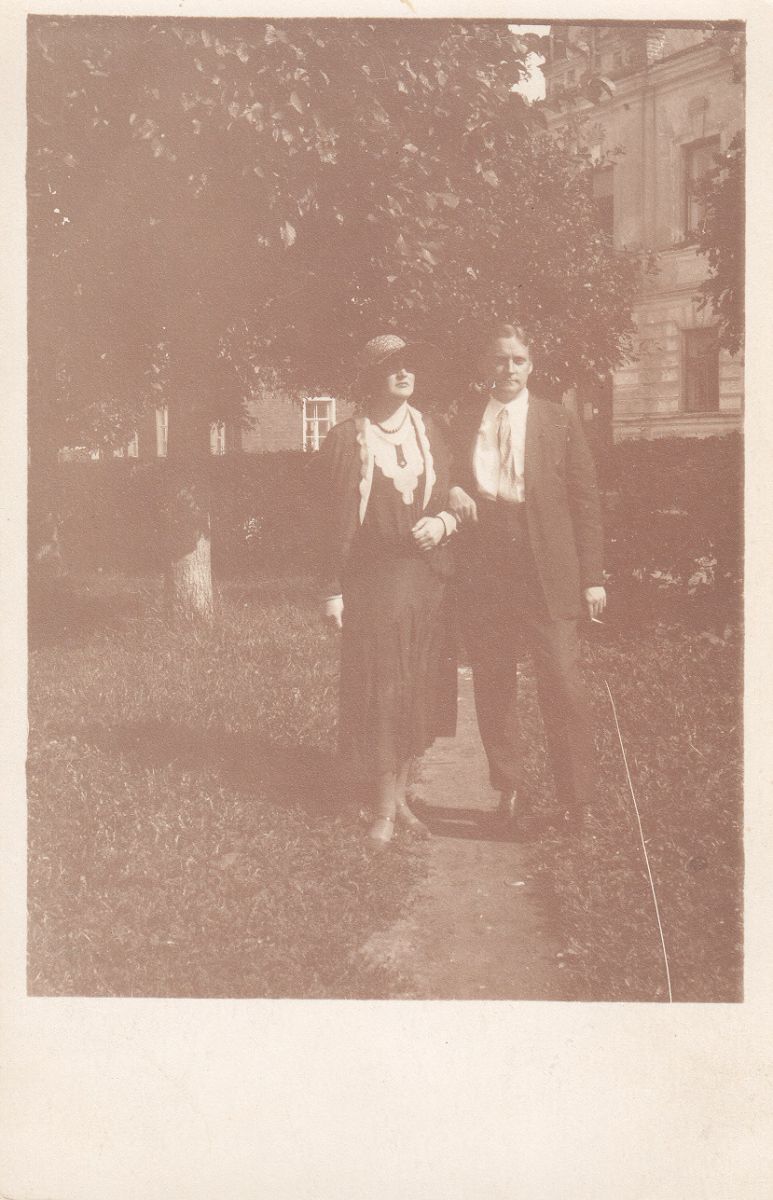
Friedrich Assberg with his sister in Narva after the Arctic expedition. 1931; Narva Museum SA
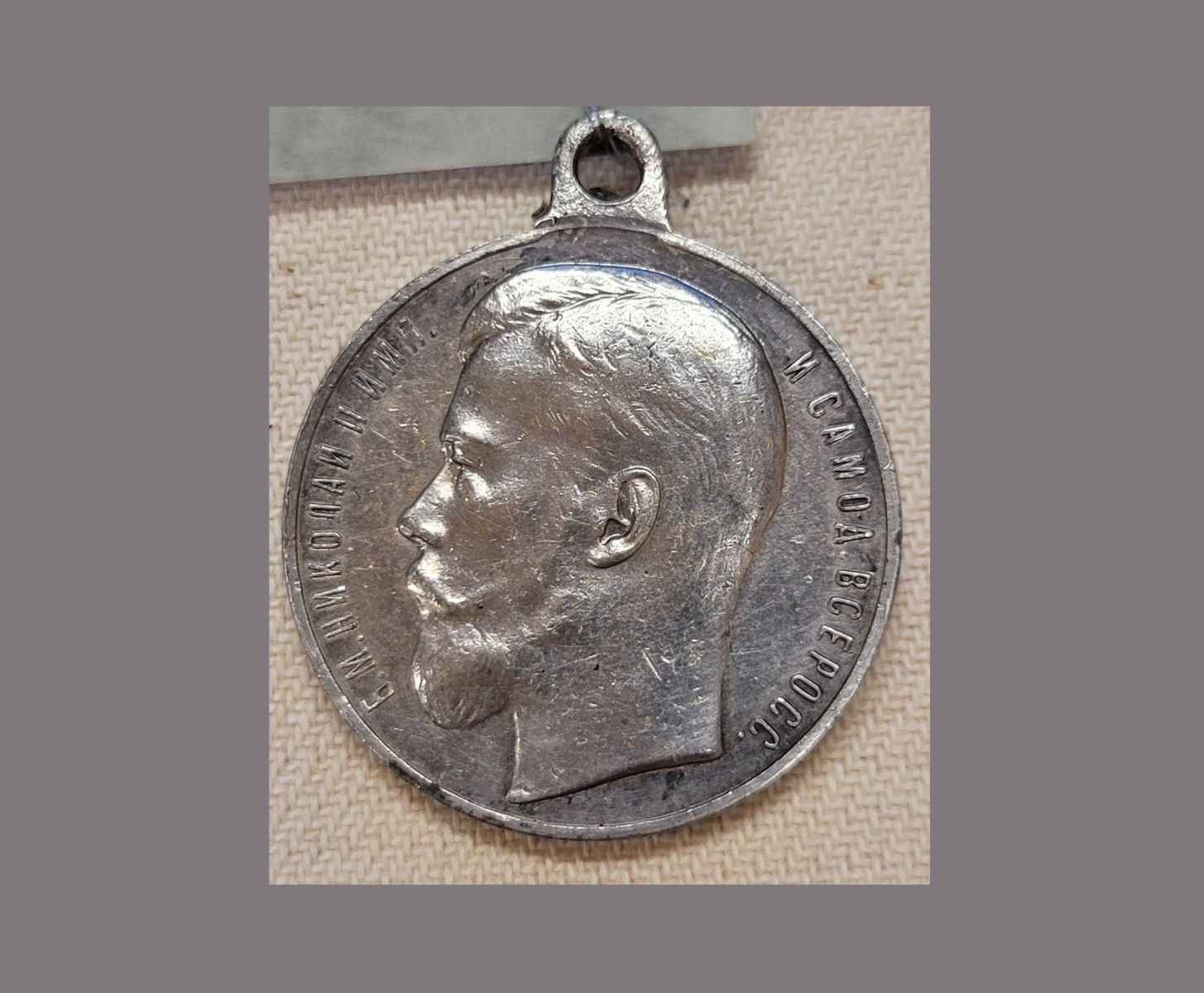
The George Cross "For Bravery" 4th Class. 1915-1916. Belonged to Friedrich Assberg; Narva Museum SA
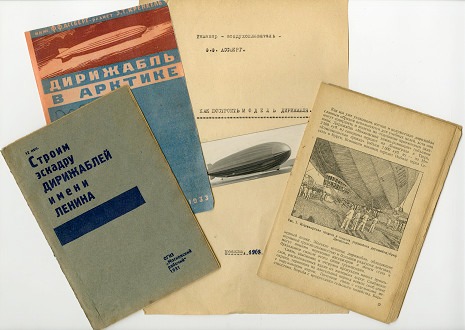
Publications by Friedrich Assberg and his guide on building a dirigible model; Narva Museum SA
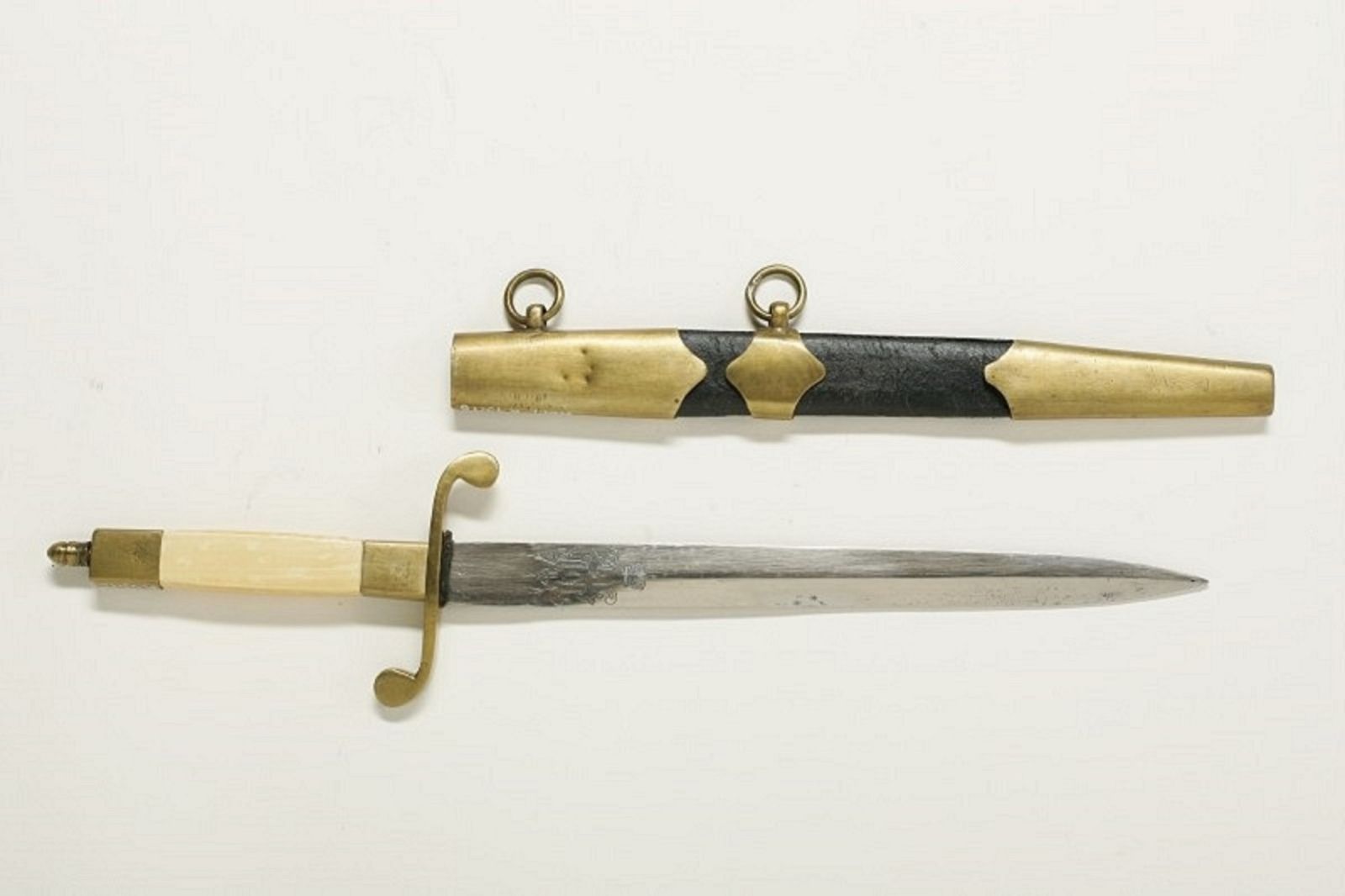
Aviation officer's sword of the 1914 model. Belonged to Friedrich Assberg. On display at Narva Castle (Garrison Hall); Narva Museum SA
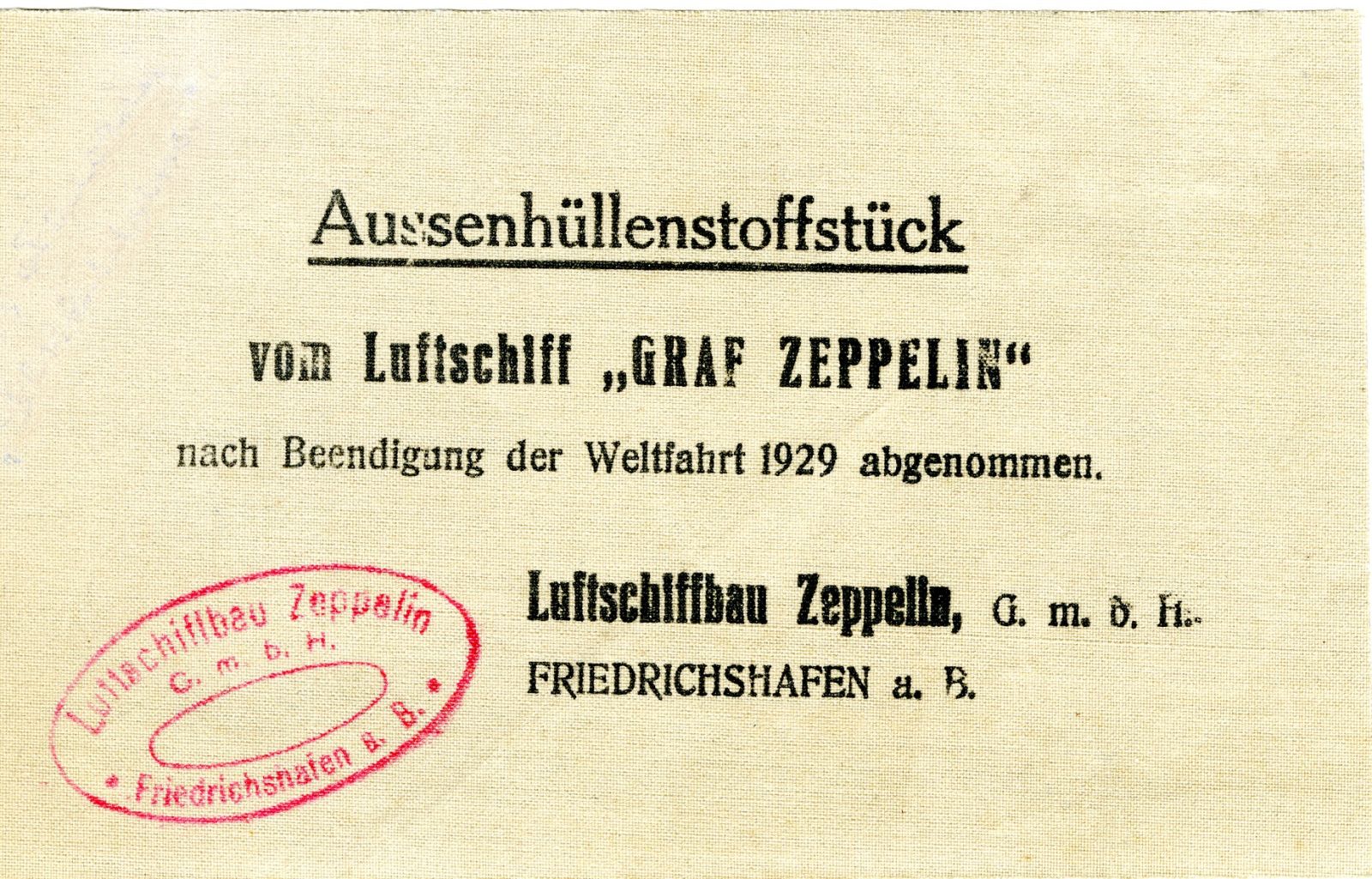
Piece of fabric from the envelope of the "Graf Zeppelin" airship. 1929; Narva Museum SA
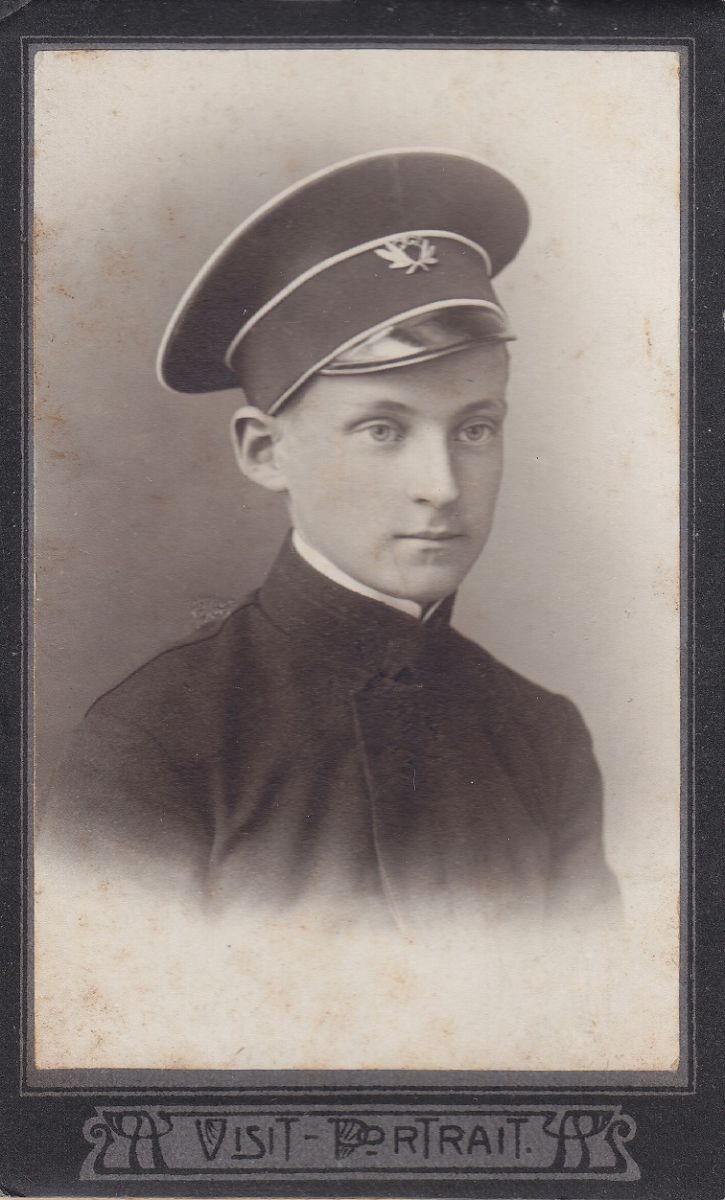
Friedrich Assberg - Narva Gymnasium student. 1910; Narva Museum SA
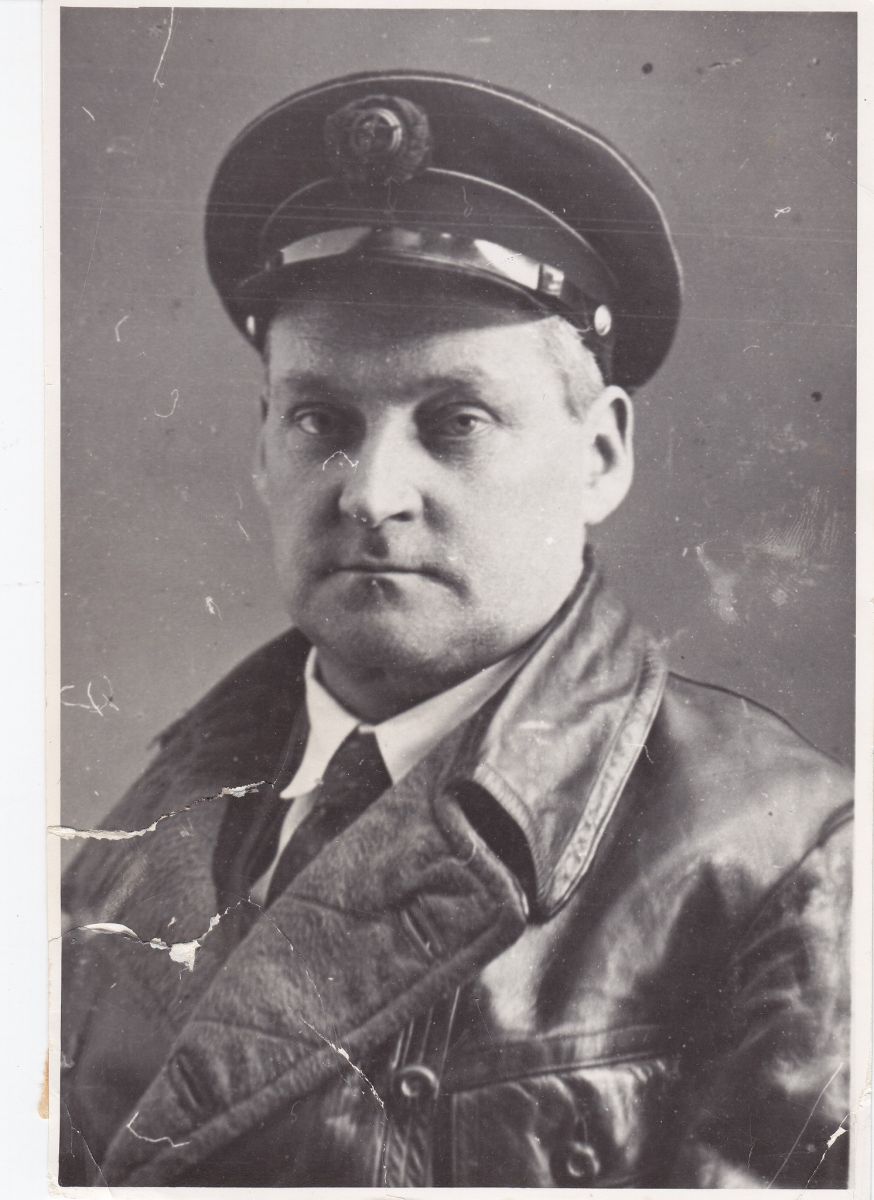
Portrait of Friedrich Assberg. 1934-1936; Narva Museum SA
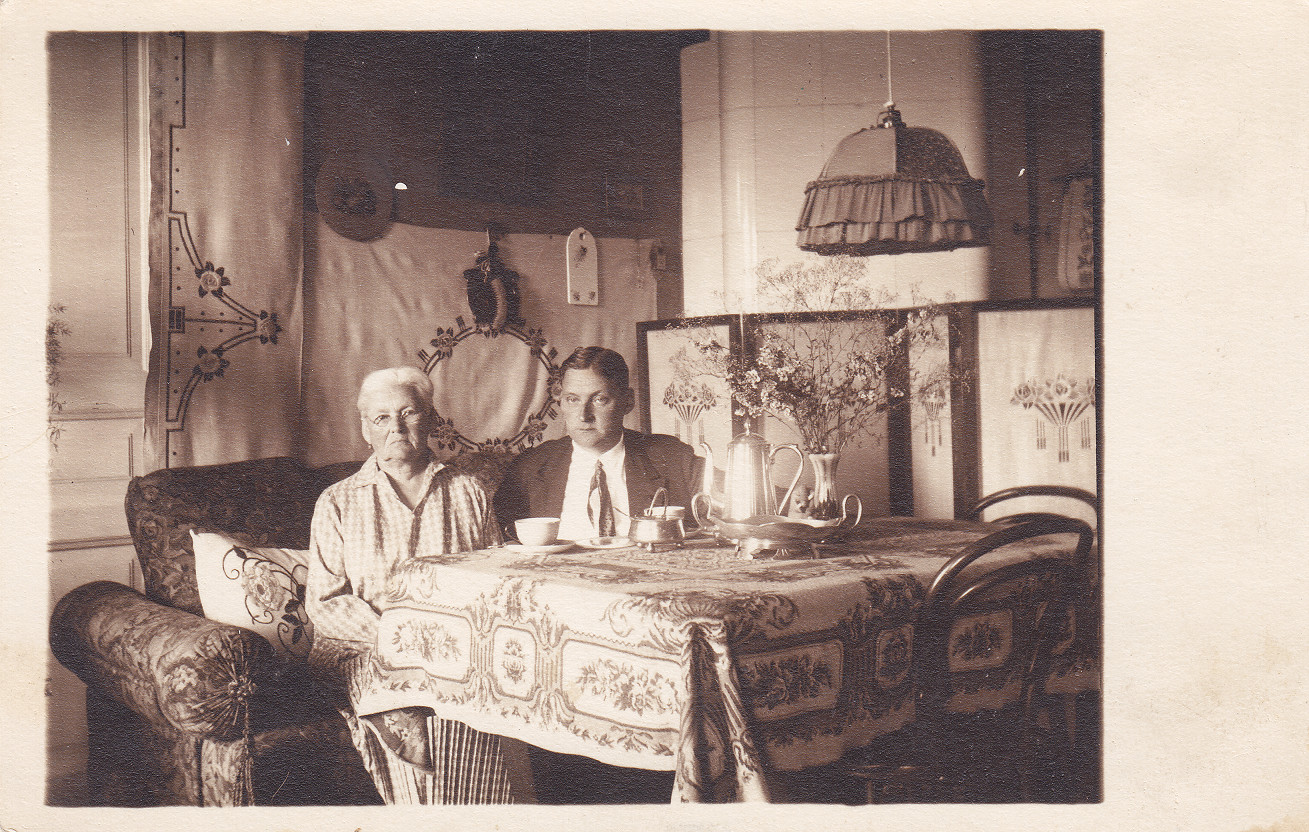
Friedrich Assberg with his mother in Narva after the Arctic expedition. 1931; Narva Museum SA
